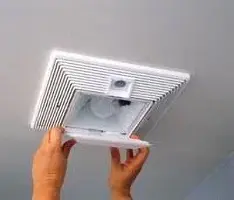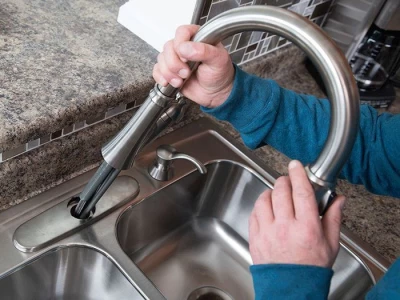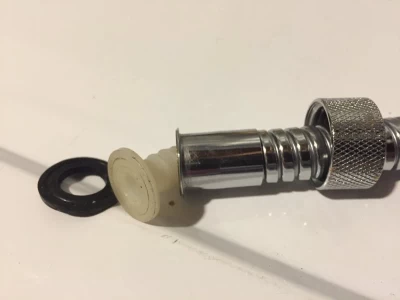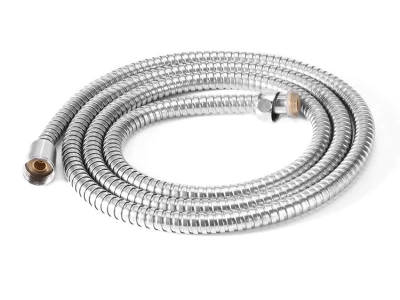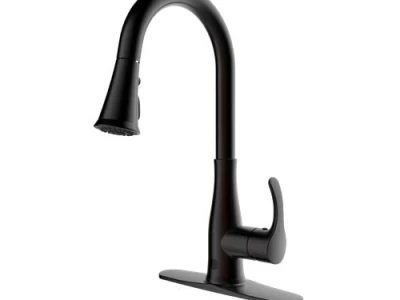How To Put A Bathroom Vent Fan In Right Place
The location of your bathroom exhaust fan is determined by two factors: the fan’s ability to complete its task and the efficiency with which the ductwork can be run.
Moisture should be followed.
To begin, the fan should be placed in the bathroom area that receives the most moisture. Typically, this is the area over the bathtub or shower. The purpose of the exhaust fan is to remove damp, humid air that might create mold or moisture damage, and the fan will exhaust your bathroom the fastest if it is placed over the region with the highest moisture.The fan can be placed immediately over the bathtub or shower base, but any location near the bathing area will suffice. If the bathroom has both a tub and a shower, or a shower and a whirlpool tub, the fan should be placed between them.If the bathing area is in its own room, it will need its own fan, and you may wish to install another fan for the main bathroom or wherever the toilet is.
Make a Route for Your Vent Ductwork
Next, plan the location of the bathroom exhaust fan so that the duct has the shortest and most direct path to the roof or wall vent. It’s best if the fan unit is within 6 feet of the exterior vent cap, where all moist air escapes to the outside via the shortest possible path. Longer duct runs reduce the fan’s effectiveness and increase the likelihood of condensation inside the duct.
The duct can be terminated through the roof, a gable wall, or even a soffit (if you use a special vent cap). However, venting through a side wall below a soffit (the roof’s eave overhang) should be avoided because it can trap rising, moist air under the eave overhang.
Examine the Attic
Head up into the attic with a tape measure to scout the location of your bathroom exhaust fan from above the ceiling. To find your bearings relative to the bathroom fixtures below, measure from an exterior wall, a plumbing vent pipe, or electrical boxes in the ceiling, if necessary. (It also helps to have a helper below who can measure inside the bathroom and communicate measurements via cell phone.)
Check that the fan can be installed between two ceiling joists and that there is enough space between the fan housing and the duct. Also, ensure that the vent cap is well clear of any obstructions or trouble spots on the roof, such as roof valleys, skylights, chimneys, or furnace or water heater vents.
Make a Locator Hole
Before cutting the hole in the ceiling for the fan housing, drill a pilot hole through the ceiling material at the center of the fan location with a drill and a small bit. Return to the attic to ensure that the location is suitable and that there are no plumbing or wiring runs in the way. Measuring from a locator hole is far more accurate than measuring from nearby features.When it comes time to install a vent cap to terminate the ductwork, use the same technique to cut a hole in the roof or attic wall.

